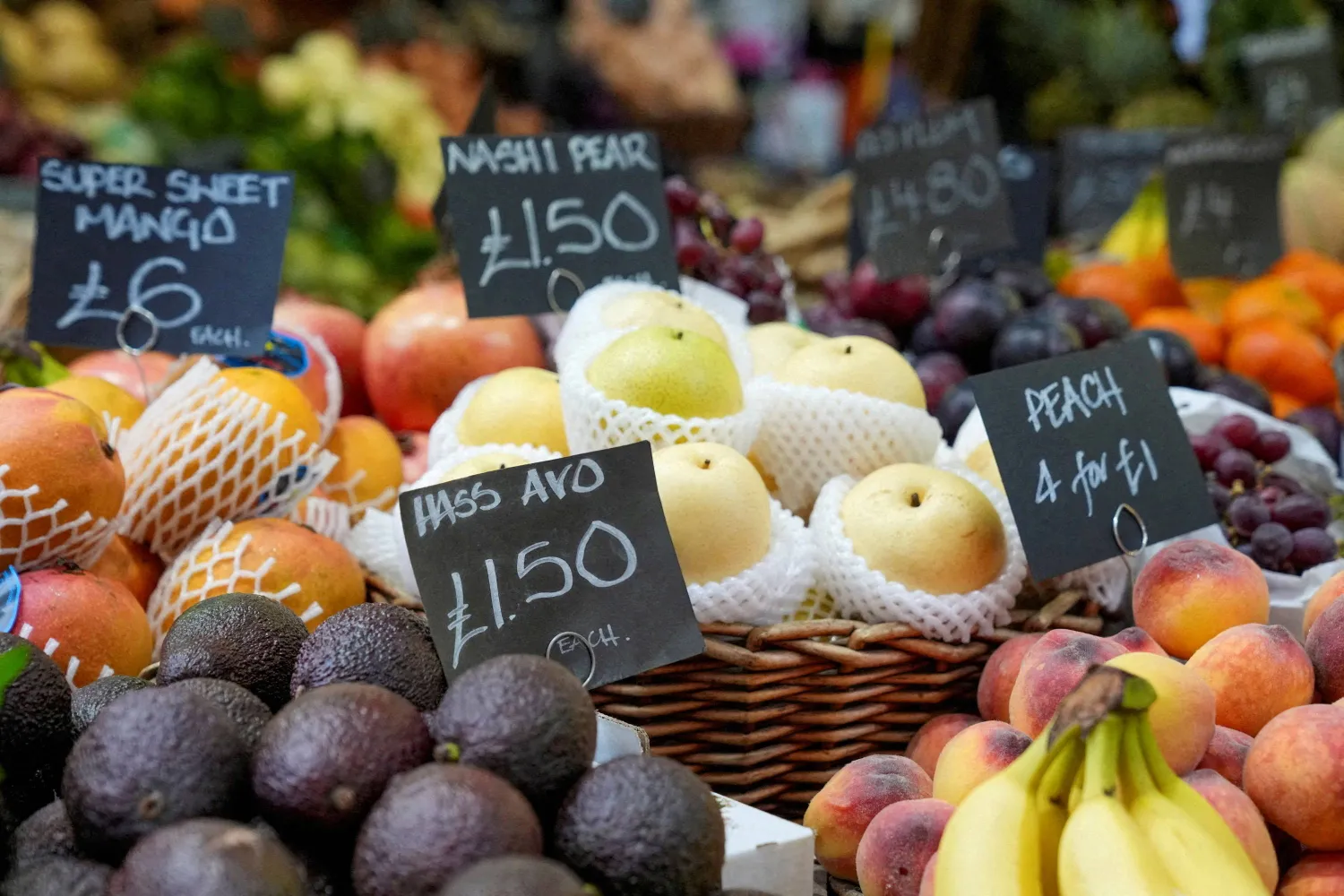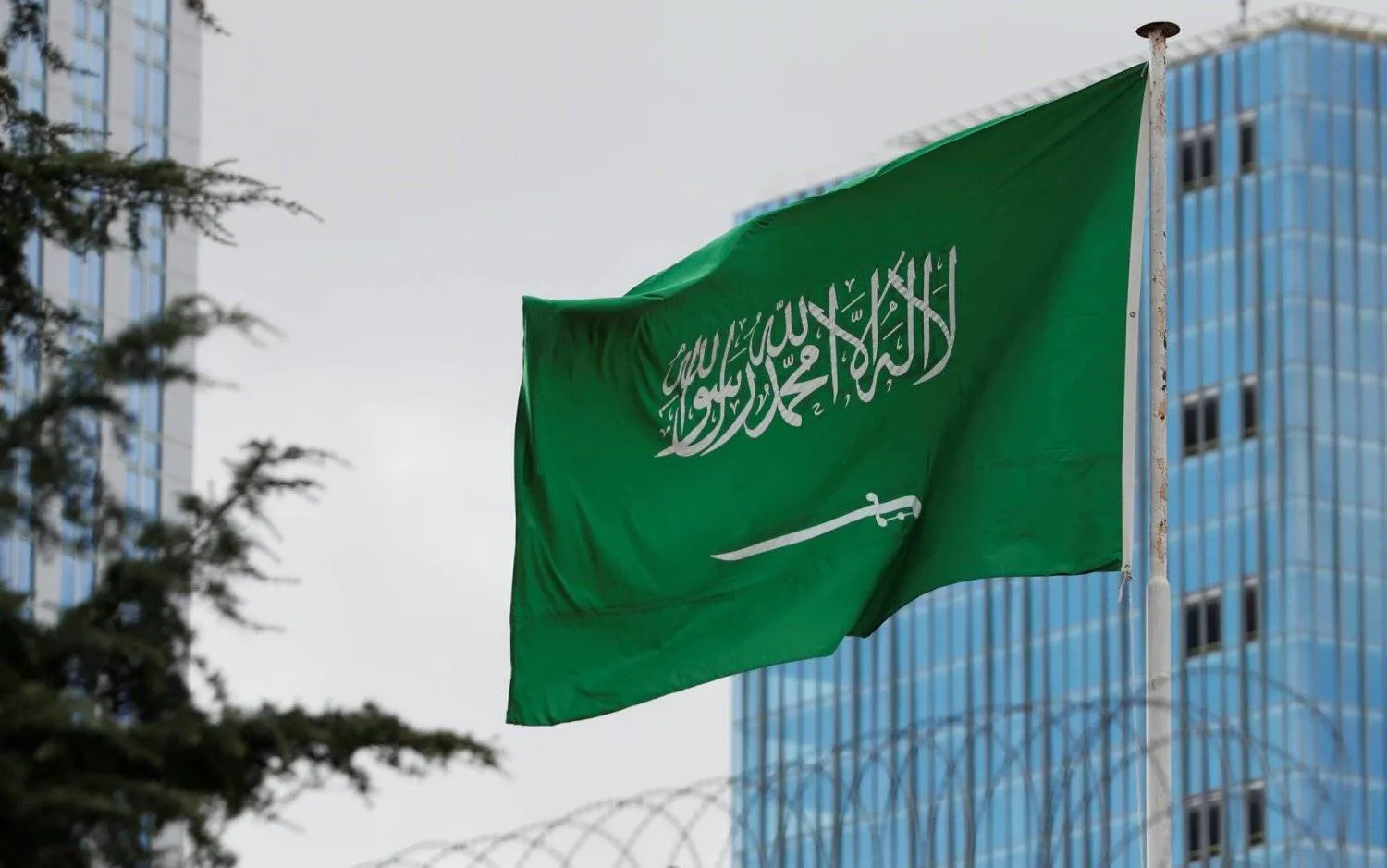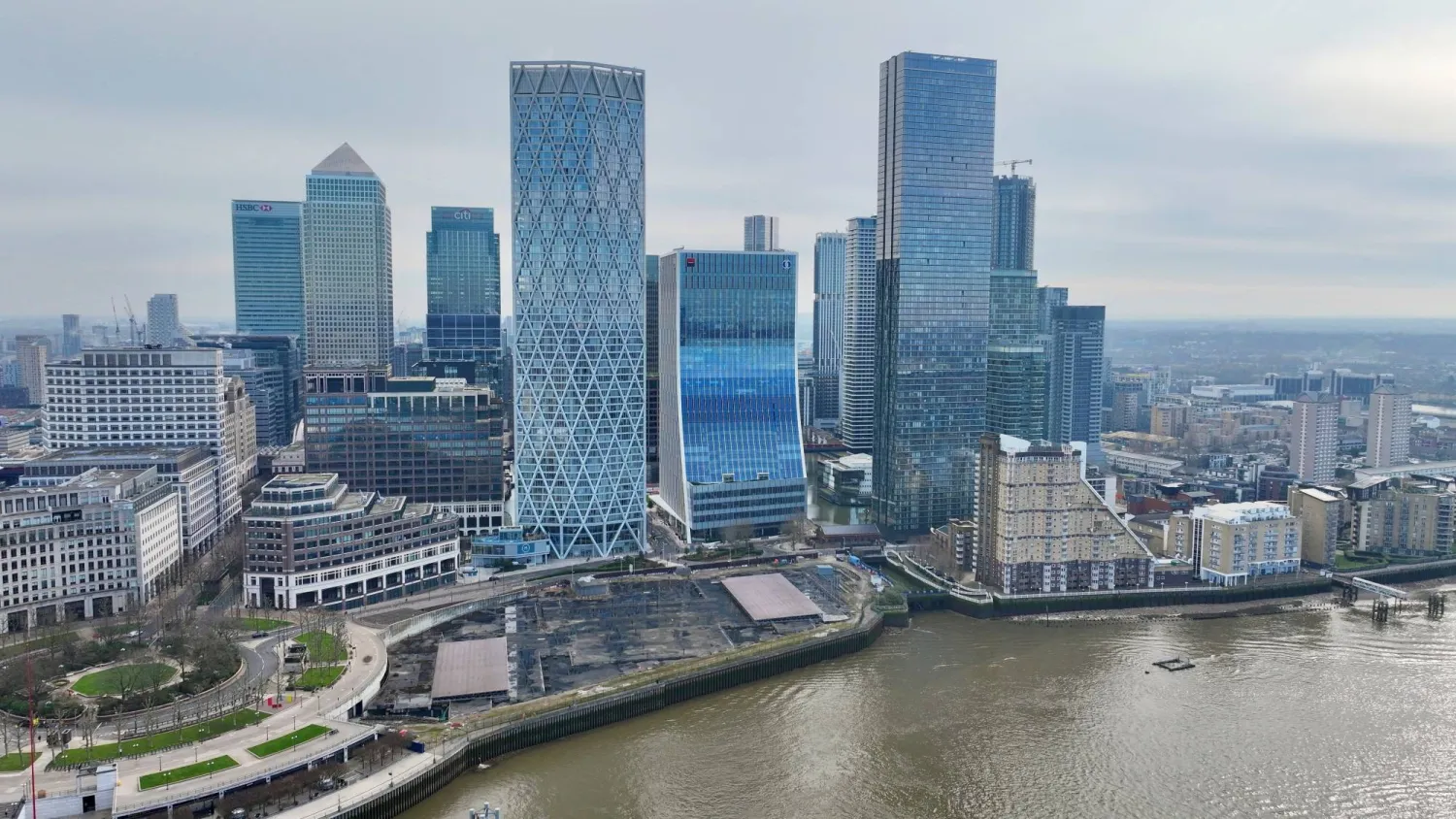Standard & Poor’s (S&P’s) has maintained Morocco's credit rating at the current level of BBB- / A-3, revising its outlook from negative to stable.
In its report, the rating agency projected Morocco's real GDP growth to be about 2.8 percent this year, constrained by the decline in external demand and agricultural output, rebounding to about four percent by 2021.
It said the country's budgetary position should gradually improve, supported by the government's comprehensive budgetary strategy and privatization proceeds over the forecast period, to reach three percent of GDP in 2022.
S&P’s also believed the precautionary and liquidity line approved by the International Monetary Fund (IMF) in December 2018 underpins Morocco's macro-financial stability and its economic and budgetary policy objectives.
As a result, it revised the outlook on the country to stable from negative and affirmed its 'BBB-/A-3' ratings on Morocco.
It pointed out that it could raise the rating if budgetary consolidation prospects materially improve or the ongoing transition toward a more flexible exchange rate that targets inflation significantly bolsters Morocco's external competitiveness and ability to withstand macroeconomic external shocks.
It could also raise the ratings if Morocco's ongoing economic diversification strategy results in less volatile and higher rates of economic growth.
Conversely, it noted in its report that it could lower the rating if the government deviates from its fiscal consolidation plan, resulting in substantially higher government debt compared with our forecast, real GDP growth rates significantly undershoot its expectations or external imbalances widen, resulting in a significant increase in the economy's gross financing needs.
It didn’t expect the public sector wage hike to affect its budgetary outcome, given that it had already been budgeted for, expecting additional savings from lower-than-budgeted government subsidies for liquefied petroleum gas (LPG), due to the implementation of a hedging strategy.
Given the government's commitment to privatize some assets from 2019-2024, it expected the change in net general government debt--its preferred indicator of fiscal flows--to decline as of 2019.









